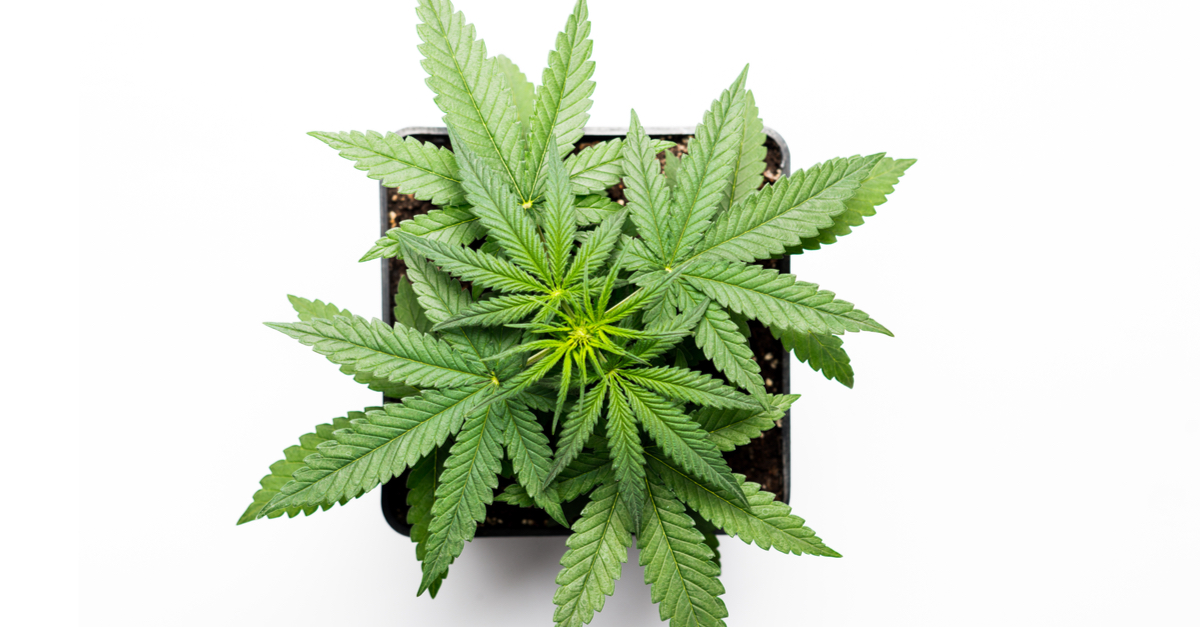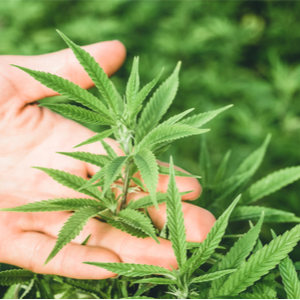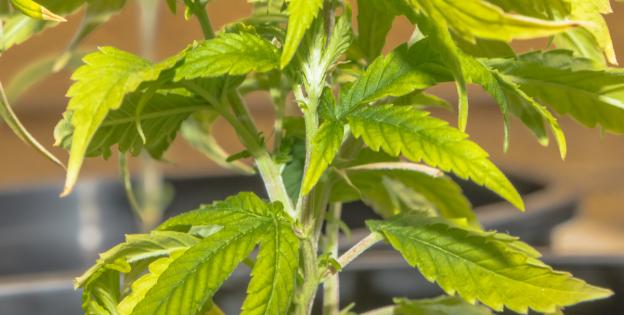- Whether it’s a hobby or a profession, all cannabis growers need technical assistance at some point, particularly if they’re just starting out.
- There’s always a first time for everything, but as with anything, practice makes perfect – and cannabis growing is no exception.
- Over our 15 years in business, we’ve had the opportunity to help many of you take your first steps in the world of cannabis growing. This has given as first-hand knowledge of the challenges you must face as growers, and now we’ve turned this valuable information into a list of frequently asked question about cannabis growing. Scroll down for the answers!

1. How can I germinate my cannabis seeds?
The best way to ensure a successful result is to place each seed in a Jiffy 7 style peat disk dampened with warm water (25-30 ºC), and store in a dark, warm cupboard (25-30 ºC).
If you keep the seeds in the fridge, remember to take them out 24 hours in advance to shake them out of their lethargy and increase the chances of success. Germination typically takes anywhere from one day to a week.
Alternative germination methods include placing the seeds in a glass of water or directly into soil, but we strongly recommend against them due to their low success rate.
2. Which type of manure should I use?
From organic to mineral to organic-mineral, the choice of fertilisers developed specifically for growing cannabis is wide and varied.
That said, the type of fertiliser you choose is not really that relevant – it is more a matter of personal preference than anything else. What is important, however, is to always follow the instructions for use, which are generally available on the manufacturer's website.
Also, it is a good idea to stick to one brand so as to avoid compatibility problems which could potentially damage the plants.

3. My grow space is 1 square metre in area and 2 metres in height. How many plants can I grow? Which pot size should I use?
In a space this size, you can grow 8-10 plants in 7-litre pots or 4 plants in 20-litre pots. Either options are suitable for most cannabis strains and deliver good results in terms of yield and quality of the end product.
Both solutions ensure proper air circulation and allow the plants sufficient space to grow. Nearly all the strains in our assortment can be grown under these conditions without you having to prune or clip them.
4. How much water or nutrient solution do cannabis plants need?
Watering can be tricky for non-experienced cannabis growers. The amount of water or nutrient solution you should use is determined by aspects like the size of your plants and the climate conditions in your grow space. No less important, however, is to apply common sense and monitor the development of your plants daily, as this will give you a more accurate idea of their water needs.
One method that works very well is to compare the weight of a watered and an unwatered plant by manually lifting the plants in their pots. If you repeat this technique every day and watch the development of your plants, eventually you'll learn to tell when they need to be watered.
This simple method is very easy to learn, and once you master it, you'll be able to easily identify the nutritional needs of your plants. With the right amount of practice, this method will also allow you to monitor other key aspects of cannabis growing.
Another important consideration is soil aeration. When feeding your plants, you need to make sure the soil gets plenty of water, ideally through regular watering/de-watering cycles, but always ensuring the plants are properly hydrated, fed and oxygenated at all times. Achieving this balance is a sign that watering is perfectly under control.
5. What photoperiod should I use for standard feminised seeds?
Standard feminised seeds need two different photoperiods in order to develop normally: 18 hours of light followed by 6 hours of darkness during vegetative growth and 12 hours of light followed by another 12 hours of darkness during flowering.
6. Do Quick strains behave like standard feminised strains or like autoflowering strains?
This is a question we've been asked a lot since we launched our Quick line.
The answer is pretty simple: Quick strains behave exactly the same as standard feminised strains – i.e. they need a photoperiod of 18 hours of light followed by 6 hours of darkness during growth, and a 12/12 photoperiod during flowering. As simple as that…
7. What photoperiod should I use for autoflowering seeds?
Autoflowering cannabis seeds need a photoperiod of 18 hours of light followed by 6 hours of darkness during their whole life cycle, from seed to harvest.
8. What growing, pruning or clipping technique can I use to increase the yields of autoflowering plants?
Sadly, we cannot recommend any specific growing method – SOG, SCROG, LST – or pruning or clipping technique – supercropping, FIM – for autoflowering plants.

The reason is simply that autoflowering strains don't have the same capacity for vegetative regeneration as photo-dependent plants.
Autoflowering seeds contain genes from the cannabis strain ruderalis, which allow plants to flower automatically regardless of the photoperiod. This aspect is inherent to this class of seeds and, as such, cannot be controlled.
If anything, you can prune lower branches that are of a particularly small size or that get very little light in order to boost upper growth.
9. There are so many strains to pick from on your website that I just don't know which to choose.
With so many different strains available on the global market, many users feel at a loss at to which seed to pick. Our experience is that the best way to decide is to ask yourself two questions: 'What do I value most about a cannabis plant: the effect, the flavour, the aroma or the yield?', and 'What are the climate conditions in my region?'
These are key questions that will help you figure out what you're looking for. While the first question can have more than one answer, the second will help you identify which strains can be grown successfully in your area.
10. How can I know if my plants are ready for harvest?
First of all, you'll need to get yourself a backlit magnifying glass – ideally a 60x jeweller's loupe – with which to check whether the plant's resin trichomes are ripe.
You will know that your plans have reached maturity and are ready to harvest when at least 30 per cent of the trichomes have gone amber. If you harvest straightaway, the buds will provide an invigorating high, while if you decide to wait a bit longer, effects will become gradually more narcotic, sedative and physical. So, ultimately, it will all depend on the type of effect you prefer.




Comments from our readers
Read comments in other languages:
Did you like this post?
Your opinion about our seeds is very important to us and can help other users a lot (your email address won't be made public).